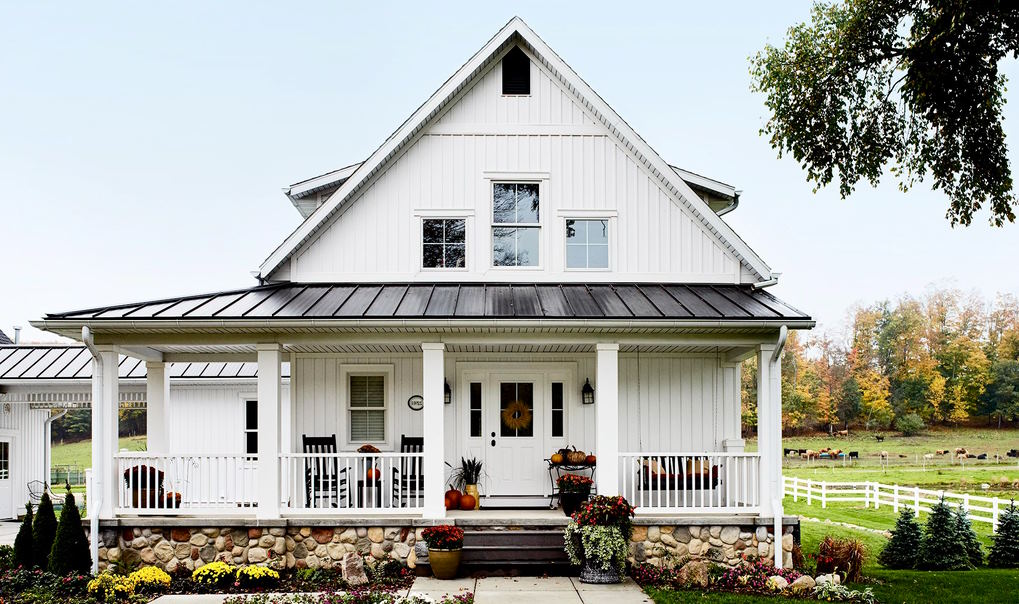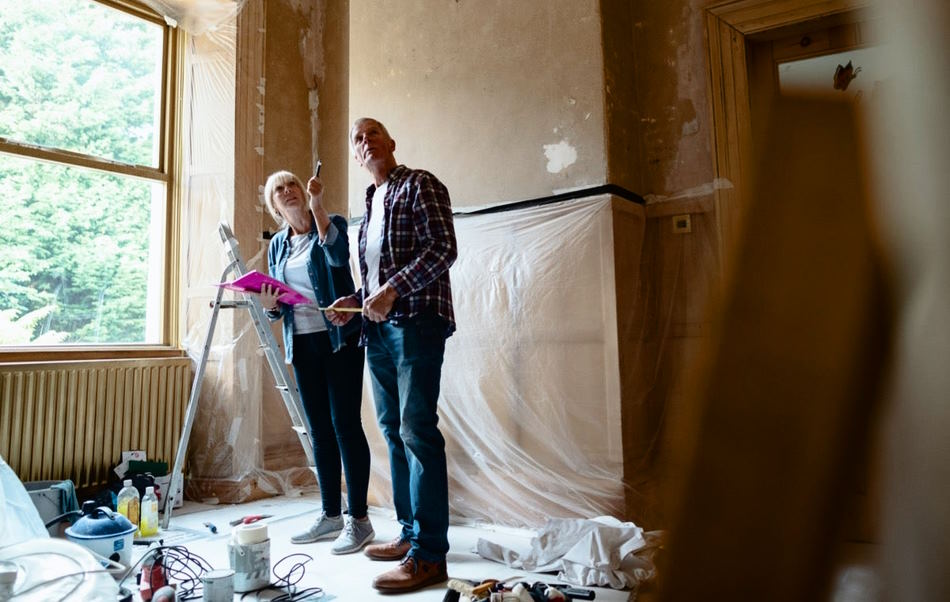Going Green: Eco-Friendly Demolition Methods for Sustainable Home Renovation in Europe
As the world increasingly prioritizes sustainability and environmental conservation, the construction and renovation industry in Europe has also begun to shift towards eco-friendly practices. In particular, the demolition phase of home renovation projects presents a unique opportunity to minimize environmental impact and promote sustainability. We will discuss the negative environmental consequences of traditional demolition methods, showcase emerging eco-friendly demolition methods, present case studies of successful sustainable home renovation projects, and highlight challenges and considerations in implementing eco-friendly demolition methods. By adopting eco-friendly demolition practices, we can contribute to a greener and more sustainable future for our homes and communities in Europe.
Emerging Eco-Friendly Demolition Methods in Europe
In recent years, there has been a growing emphasis on sustainable practices in the construction and renovation industry, including the demolition phase of home renovation projects. Innovative and eco-friendly demolition methods are gaining traction in Europe, offering viable alternatives to traditional demolition practices. These methods are designed to minimize environmental impact, conserve resources, and potentially save costs. Let’s take a closer look at some of the emerging eco-friendly demolition methods being used in Europe, the benefits they offer, and examples of their successful implementation.

One such method gaining popularity in Europe is deconstruction or selective demolition. Unlike traditional demolition methods that involve indiscriminate destruction of entire structures, deconstruction involves carefully dismantling and salvaging reusable materials from a building before demolition. This approach allows for the recovery of valuable materials, such as wood, metal, and concrete, which can be repurposed or recycled. Deconstruction minimizes waste generation and reduces the amount of construction materials that end up in landfills, thereby significantly reducing the environmental impact of demolition.
The benefits of eco-friendly demolition methods like deconstruction are manifold. First and foremost, they contribute to reduced environmental impact by minimizing waste and conserving resources. By salvaging materials from existing structures, deconstruction reduces the demand for new raw materials, thereby conserving natural resources and reducing greenhouse gas emissions associated with extraction and manufacturing. Additionally, deconstruction can save costs by reducing disposal fees and lowering the need to purchase new materials for construction projects.
There are successful examples of eco-friendly demolition methods being implemented in Europe. For instance, in the Netherlands, a project called “Superlofts” utilized deconstruction methods to renovate an old office building into sustainable loft apartments. Over 90% of the materials from the original building were salvaged and repurposed, resulting in minimal waste and reduced environmental impact. In Sweden, a project called “The Loop Rocks” used selective demolition and recycling methods to transform an old rock quarry into a sustainable recreational area. By salvaging and repurposing materials from the site, the project minimized waste and conserved resources while creating a unique and eco-friendly public space.
Case Studies: Sustainable Home Renovation Projects in Europe
Sustainable home renovation projects are becoming increasingly prevalent in Europe, with many homeowners and contractors embracing eco-friendly demolition methods as part of their renovation efforts. Let’s take a closer look at some real-life examples of sustainable home renovation projects in Europe that have successfully utilized eco-friendly demolition methods, the methods used in each case study, and the environmental and economic benefits they have achieved.
Case Study 1: “Green Home Makeover” in Germany
 In Germany, a family embarked on a sustainable home renovation project to transform their old house into an energy-efficient, eco-friendly home. As part of the demolition phase, they employed deconstruction methods, carefully dismantling and salvaging reusable materials from the existing structure. Wood, metal, and concrete were sorted and sent for recycling or repurposing, significantly reducing waste and minimizing environmental impact. The salvaged materials were then used in the construction of the renovated home, reducing the need for new materials.
In Germany, a family embarked on a sustainable home renovation project to transform their old house into an energy-efficient, eco-friendly home. As part of the demolition phase, they employed deconstruction methods, carefully dismantling and salvaging reusable materials from the existing structure. Wood, metal, and concrete were sorted and sent for recycling or repurposing, significantly reducing waste and minimizing environmental impact. The salvaged materials were then used in the construction of the renovated home, reducing the need for new materials.
The environmental benefits of this sustainable home renovation project were substantial. By utilizing eco-friendly demolition methods, the project minimized waste and conserved resources, reducing the demand for new materials and lowering the carbon footprint associated with extraction and manufacturing. Additionally, the use of salvaged materials reduced the project’s overall costs, resulting in economic savings.
Case Study 2: “Renewable Retreat” in Denmark
In Denmark, a renovation project was undertaken to convert an old farmhouse into a renewable energy-powered retreat. Eco-friendly demolition methods, including selective demolition and material salvaging, were utilized to minimize waste and maximize resource conservation. Salvaged wood from the original structure was repurposed to create custom furniture, and reclaimed bricks were used in the construction of new walls. The project also incorporated energy-efficient insulation and renewable energy systems, such as solar panels and a ground-source heat pump, to reduce the home’s carbon footprint and increase its energy efficiency.
The sustainable home renovation project in Denmark achieved significant environmental benefits by minimizing waste, conserving resources, and reducing greenhouse gas emissions through the use of renewable energy. The economic benefits included cost savings from salvaging and repurposing materials and increased energy efficiency resulting in lower utility bills over the long term.
Case Study 3: “Zero-Waste Renovation” in France
In France, a renovation project was undertaken with the goal of achieving zero waste. Eco-friendly demolition methods, such as deconstruction and material salvaging, were employed to divert construction waste from landfills. Salvaged materials, including wood, bricks, and tiles, were carefully sorted and sent for recycling or repurposing. The project also incorporated sustainable design features, such as rainwater harvesting and energy-efficient lighting, to reduce the home’s environmental impact.
The sustainable home renovation project in France achieved significant environmental benefits by minimizing waste, conserving resources, and reducing the overall environmental footprint of the project. Additionally, the project saved costs by reducing disposal fees and lowering the need for new materials.



